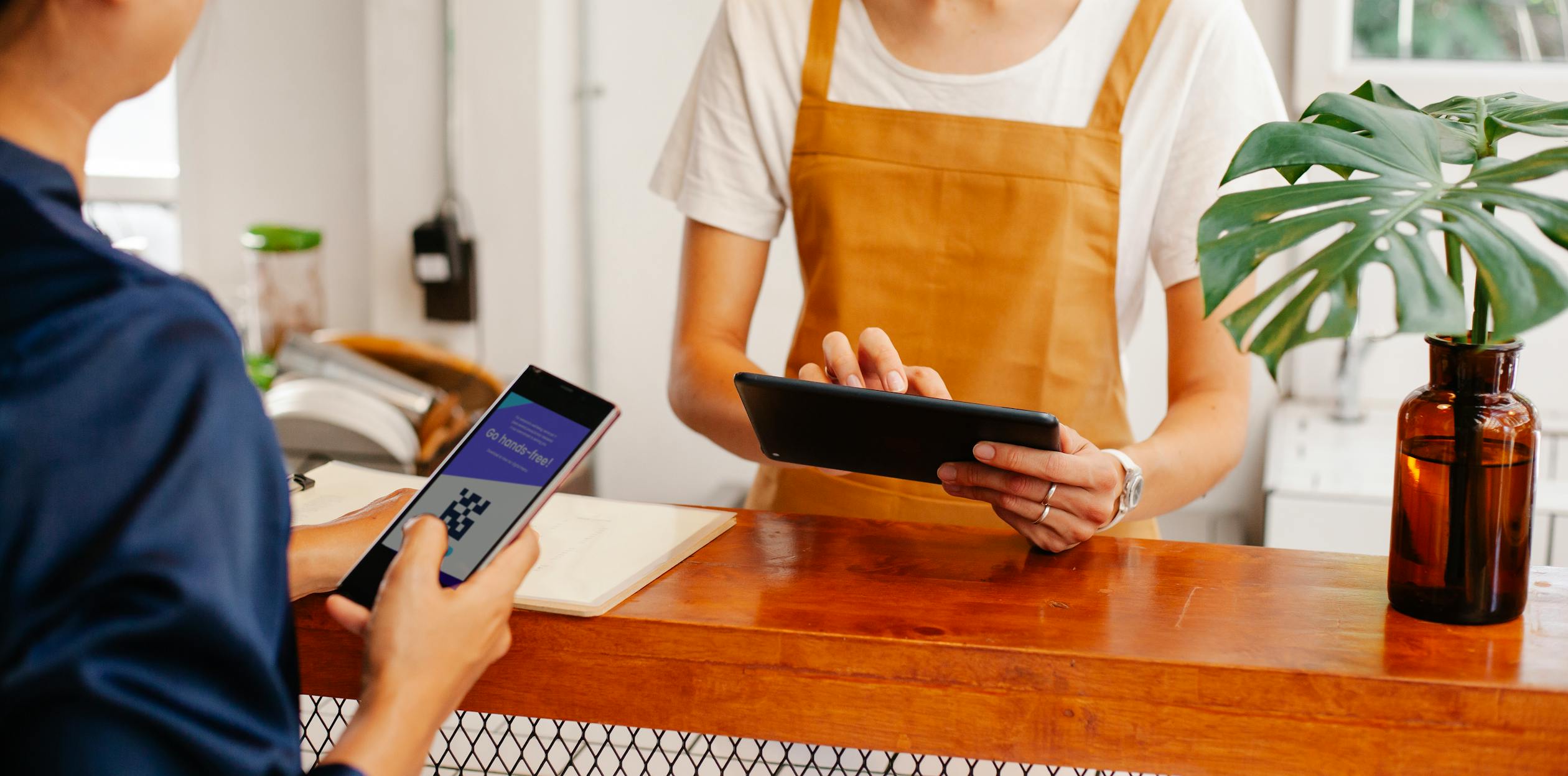QR codes are the bridge between the physical and digital
The digital world mainly consists of websites on the internet, where we use links to navigate.
In the physical world, we have addresses and places instead, and we use these (in combination with transport) to navigate and move around.
When we then move between digital and physical, it works a bit like usual because digital can often replicate everything that also works in print/on paper. So if we have a website and want a visitor to find us physically, we can just write our address and then it's solved.
Conversely, when a person visits us physically, for example, if I have a gas station and talk to a customer, and I want that person to read something digital about my station - then it gets a bit trickier. Links, or web addresses, are not made for this; they are made for digital-to-digital, and the number of characters introduces many sources of error, much like when we try to tell someone our email address.
What does the QR code do?
A QR code
has two features that are important in this context.
First, everyone understands that they are expected to take out their mobile phone and scan it. It's a "language" that has developed over many years and can now be considered a fact.
Second,
the user can easily be moved, via their mobile, to a digital address chosen by the creator of the QR code.
How do I create a QR code?
A QR code
is created via a QR code generator of some sort. There are many options for this with varying prices and features. Free QR codes are usually not customized or available for tracking, so if you need a QR code for a business or in a context where you want to see the statistics for each scan, it is important to get a QR code that has those features included.






